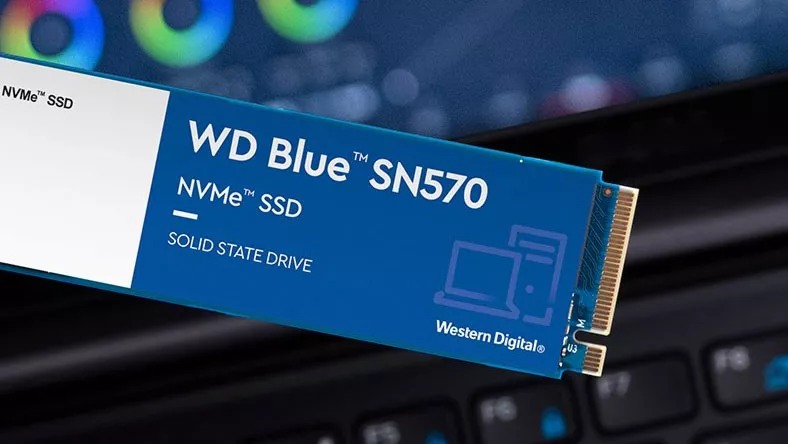WD Confirms NAND Price Hike, SSDs May Get More Expensive

An email from Western Digital to its product partners has surfaced, bringing to light the harsh reality they will face in the wake of a significant contamination accident that resulted in the loss of 6.5 exabytes of its popular 3D BiCS NAND flash products. A Western Digital executive told partners "costs have increased significantly in the short term" and that it would "immediately increase the price of all Flash products."
Western Digital and Kioxia (formerly Toshiba) reported that inspections of their 3D BiCS production lines in Yokkaichi and Kitakami discovered impurities that made the NAND flash unusable. Western Digital said up to 6.5 exabytes of flash was contaminated, which is a devastating blow to the industry when coupled with the two- to three-month process required to construct a 3D NAND chip.
Elsewhere in its email, Western Digital pledged to keep partners updated regarding its flash NAND production. Furthermore, it promised to assist with sales and promotion to help partners get through the "unexpected event."
The email confirmed that Western Digital is immediately increasing flash prices, which TrendForce previously indicated could rise 5% to 10% in Q2 2022. It is also highly likely that its partners, like SSD makers, will pass those costs on, even if they already hold sizable inventories. Western Digital and Kioxia have about a 35% market share for NAND, so the price move will likely have a significant impact on the market.
According to a DigiTimes report today, it looks like we can already see some incoming aftershocks. The Taiwanese industry journal cites industry insiders saying that other NAND makers, and device makers employing NAND, are expected to mirror Western Digital's price increases.
Western Digital's contamination event is the latest in a string of bad news coming from the sector. In January, we heard that China's Tsinghua srapped its plans for sizable 3D NAND fabs, which would have helped drive costs down. Moreover, as we transitioned from 2021 to 2022, news broke about Samsung cutting NAND flash output due to a surge in COVID-19 cases among its employees at a major production facility in Xi'an, China.
Have Consumer SSD Prices Moved Yet?
Last but not least, with all the talk of NAND flash price increases, we thought it was worth a look at current SSD prices for PCs. Checking over 1TB SSDs (WD, Crucial, Samsung) available in the U.S., prices are tracking at, or near to, all-time lows. So if you think you will need some extra storage soon, it is perhaps worth grabbing it now, out of caution. And you can make an informed purchase decision by taking a look at our Best SSD and Hard Drive Deals 2022 feature.
Useful Links:
